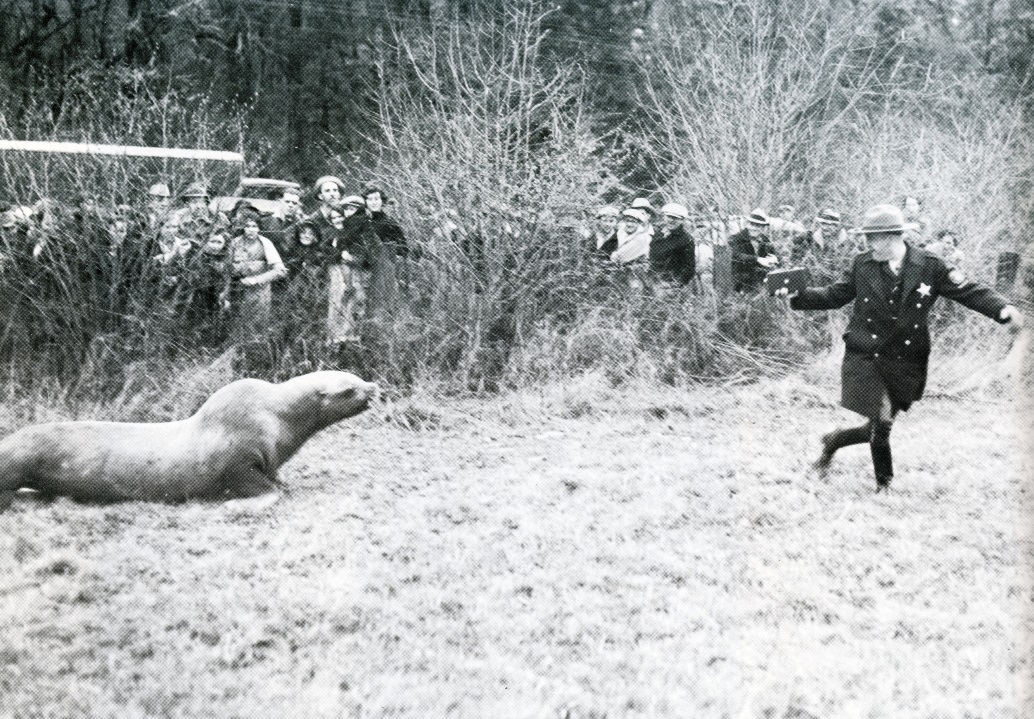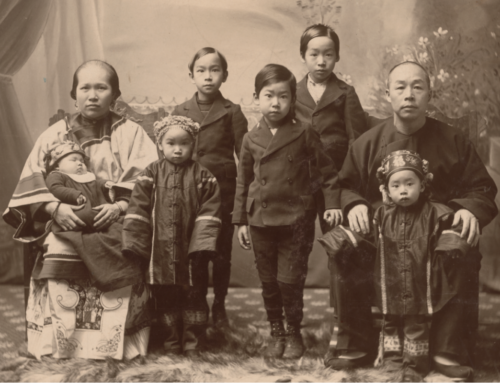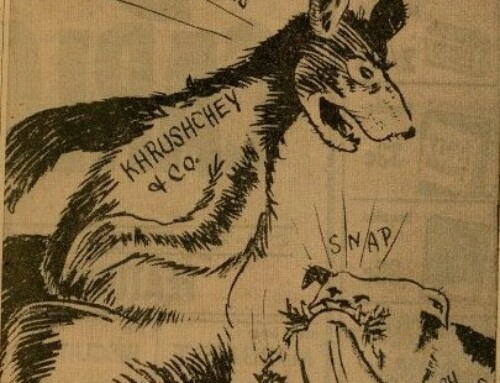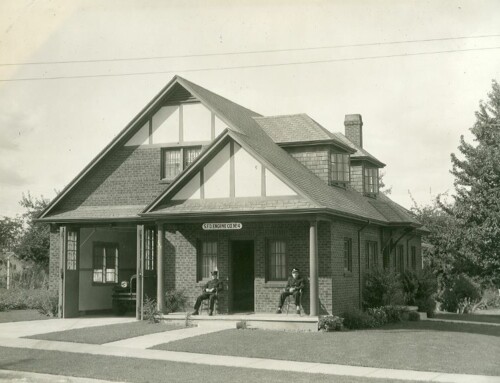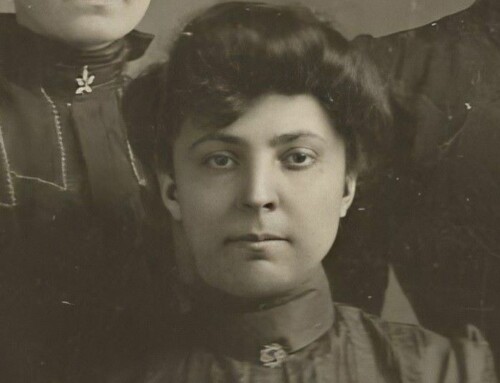The call came over the radio to state police patrolman Farley Mogan shortly after sunrise Feb. 25, 1936. A sea lion had been found lumbering clumsily across rain-soaked grain fields two miles north of Aurora, a mile and a half from the Pudding River. She’d flattened three fences before finally coming to rest on the Erickson ranch – wounded and belligerent. Officer Mogan was first on the scene followed shortly after by Jim Evans, a telephone company “trouble shooter” out of Aurora. Together the men led the angry animal a quarter of a mile to the Aurora-Wilsonville road over the Marion county line. The procedure was simplicity itself. Alternately offering themselves as objects for assault, they teased the short-tempered sea lion into a series of charges that brought her, at length, to the fence beside the highway. They were tired, and so was the animal, when the chase ended.
Word of the spectacle spread like prairie fire through surrounding towns and school principals sent more than 25 bus loads of students to the pasture to see the sea lion. Later estimates by the state police reported 5000 people during the three hour period in which the large animal was roped and loaded. No spectators were allowed past the shoulder of the road into the pasture because of the imminent danger of a charge.
Shortly after 10 A.M. F.O. Haldeman, state game department representative, and Sergeant Everett Meads of the state police department arrived with a big United States geodetic survey truck. Ropes and tackle were arranged while the exhausted animal lay with folded flippers on the wet ground. When the noose first settled on her heavy shoulders the sea lion gave a rumbling, coughing roar and charged at her tormentors. The six men on each of the two lead ropes managed to stop her even though they were dragged several feet each time. More ropes were applied and for perhaps a dozen feet she was in turn driven and goaded towards the truck.
With a bellow, she changed her mind. Whiskered muzzle pointed skyward, heavy shoulders humped, she surged free of the tackle and the ropes slid off her body and charged the crowd of spectators. Farley Mogan of the state police and patrolman Mayfield of the Oregon City police department barely missed a mauling as they distracted her from the crowd and offered themselves as targets. The second attempt with rope and tackle proved successful. She was securely trussed and her nine foot body hauled toward the truck. Rumbling, threatening and lashing out with her “terribly fanged jaws” she protested every inch of the way, but the officers succeeded.
The driver of the truck was given instructions to stop at every sizeable city on the way to Lincoln City to allow spectators to see the strange captive and to hose down the big animal with service station hoses. She was liberated shortly after 6 p.m. on the beach at Nelscott, only a short distance from the rookeries.
This would not be the first time in the history of the Oregon State Police that the troopers found themselves on animal duty, unusual though it may be. At the end of the roaring 20’s, statewide law enforcement in Oregon was fragmented with separate agencies enforcing fish, game, forestry, criminal, traffic, arson, and prohibition laws. In addition to these units with their varying methods, training and administration, were the town and county sheriffs or constables and city police departments all working their separate jurisdictions. Governor Julius Meier convinced the 1931 Legislature it should follow the lead of heavily populated Eastern States and form a State Police Department. There were 112 original members of the organization including Farley Edward Mogan.
Born October 18, 1908 in Baker City, Oregon, Farley was the only child of Frank William Mogan (1884-1942) and Lula Mary Farley (1890-1961). He attended grammar school in Ontario, Oregon up to the sixth grade when his family moved to Portland. During his sophomore year in high school the family moved briefly to Salem for a half year and then returned to Portland where he graduated from Grant High School. At 16 years old he attended his first Citizens’ Military Training Camp at Vancouver barracks. Two years later he had risen to be commander of the I company of the C.M.T.C. and despite the fact that he was only 21 years old, received a commission as second lieutenant in the regular army reserve. Just a few years later he would be selected as “the ideal type for a state policeman” for his sharp-shooting, motorcycle skills, work ethic and assigned to the night patrol on the highways between Aurora and Salem until the outbreak of war on the European front.
He was placed on leave when called to serve in World War II on the European front up in 1942 and appointed to serve on General Dwight D. Eisenhower’s staff as the Chief of the Public Safety Section, Governmental Affairs and later the Chief of the Investigation Section for Counter Intelligence in the Western Defense Command North Sector. His wife Nell Young (1913-2014) joined him in Frankfurt, Germany at the end of the war and their daughter Martha Nell was born April 16, 1947. The family returned home to Salem, Oregon that same year.
Officer Mogan resumed his position at the Oregon State Police also serving as Chief of the Public Safety Branch of the 364th Civil Affairs Military Government Unit in Portland. He continued to rise in the ranks of both the State Police and Army Reserve Military Intelligence Service until 1967 when he was placed on leave to the governor’s office and named head of Oregon’s Civil Defense for two years. In 1969 he was appointed the U.S. Marshal for Oregon, an office in which he served until his death in 1972. He is buried in Willamette National Cemetery.
This article was written by Kaylyn F. Mabey for the Statesman Journal where it was printed 16 November 2014. It is reproduced here for reference purposes.
References:
- The History of the Oregon State Police, 50th Anniversary 1981, Freel, Captain William H. and Killmeyer, Trooper Edna R. WHC 2006.040.0648.002
- “General Picks Oregon Man as Ideal Policeman Type”, Oregonian, 14 June 1931, p. 48
- “Sea Lion Caught Far from River: Nomad Roped on Farm North of Aurora”, Oregonian, 26 Feb 1936, p. 1-2
- “Mogan Wins Marshal Job”, Oregonian, 1 July 1969, p. 1
- Social Security / Oregon Death Index, Ancestry.com
- Find-a-Grave Memorial website



